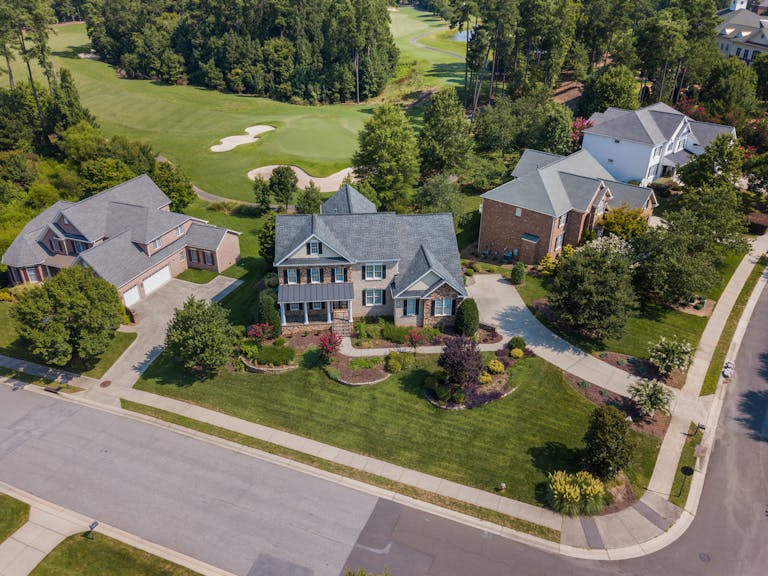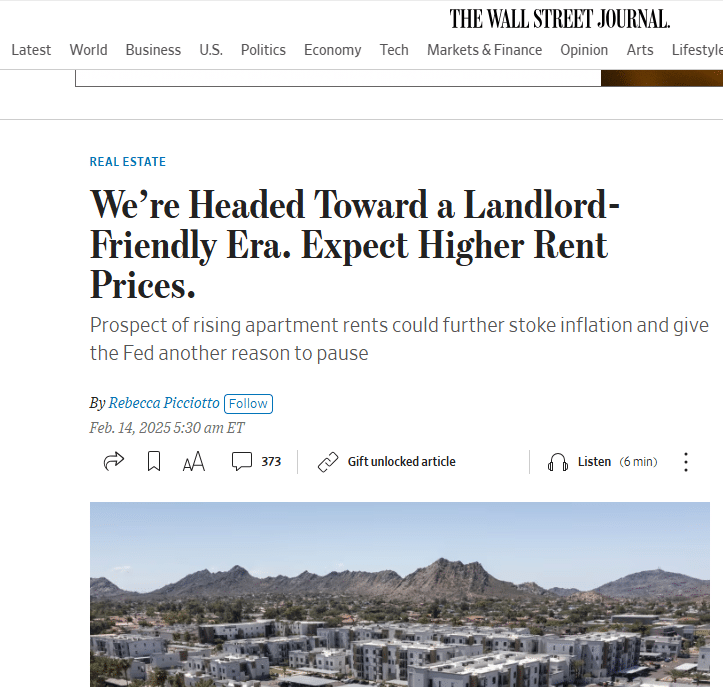Determining the optimal rental rate for a property is not a simple calculation but rather a multifaceted analysis that real estate investors need to undertake carefully. While the temptation may be to set the highest possible rent to maximize immediate monthly income, this short-sighted approach often backfires by leading to extended vacancies, frequent resident turnover, and damage to the property. Savvy real estate investors take a holistic perspective focused on maximizing net annual income over the long run.

Take a Wide-Angle View: Focus on Net Annual Income
When setting rental rates, it’s important to zoom out and aim to optimize net annual income rather than obsessing over the month-to-month rental rate. As real estate investor Robert Kiyosaki highlights in Rich Dad Poor Dad, cash flow is what matters – not simply revenue. Factoring in vacancy rates, turnover costs, and maintenance expenses to calculate net annual profits provides a much clearer picture of a property’s long-term profitability and sustainability at a given rental rate. [1]
Prioritize Quality Residents Over Quick Revenue
In strong rental markets, it may be tempting to lease to whoever is willing to pay the highest rent. However, a responsible resident who pays market rent and takes care of the unit is much more valuable than a transient renter paying a premium. As landlord-turned-author David Greene points out, “quality tenants attract other quality tenants.” [2] The quality of residents impacts not only immediate cash flow but also long-term asset appreciation and required maintenance.

Recognize It’s Not Just About the Rental Rate
Setting the rental rate is not an isolated decision; it’s part of a complex equation also involving your tenant screening process, property management practices, and maintenance of the unit. As real estate coach Brian Murray explains, focusing solely on pushing the rent as high as possible without considering how it impacts other aspects of operations is “one dimensional” thinking. [3] For instance, don’t get sidetracked by a neighbor’s high rents if their units are larger, upgraded, or better maintained than yours.
Determine True Property Value, Not Just Price
When aligning your rental rate with the market, it’s critical to analyze the property’s true value, not just compare prices. As experienced investors understand, value and price are not interchangeable terms. Value encompasses factors like location, size, condition, amenities, and neighborhood, while price is simply what you choose to charge. Setting a price solely based on a desired monthly income target without properly considering the property’s intrinsic value and market dynamics is a surefire path to high vacancy rates and frequent turnover.
Calculate the High Cost of Vacancies
To make smart rental rate decisions, investors need to calculate the daily costs associated with vacancies – property taxes, insurance, maintenance, and lost rent. Understanding the significant financial bleeding caused by an empty unit will demonstrate that reducing the rent, even just temporarily, to secure a tenant faster can often be a wise financial decision over the long run.

The Prevalence of Pets: A Modern Reality
Given that over 80% of renters in the U.S. have pets, rigid no-pet policies are not pragmatic for most properties. [4] Refusing to acknowledge the reality that responsible pet owners make highly desirable tenants will cost you, either by shrinking your potential applicant pool or forcing you to reduce rents or invest in upgrades to remain competitive. As real estate expert Brian Davis puts it, “Pets are the new norm – adapt or lose money.” [5]
Location and Unit Quality Can’t Be Changed: Focus on Price Instead
No amount of savvy management or creative marketing can overcome challenges like a poor location or a severely outdated property. As real estate coach Kevin Perk puts it, “You can’t negotiate the reality of the marketplace.” [6] In these scenarios, investors need to focus their energy on aligning the asking rent with the unit’s intrinsic limitations to attract qualified residents, not battling the immutable realities of the property itself.
Problem Units Become Problem Magnets
Substandard units that are not properly maintained have a way of attracting subpar tenants and exacerbating operational challenges for landlords. As Perk notes, compromised properties often become “problem magnets” that attract “bottom-of-the-barrel” tenants and erase years of profits through damage and neglect. [7] Rather than trying to extract top rents from subpar units, investors are wise to upgrade them to be able to command higher quality residents.

Adapt Quickly in Hot Rental Markets
In extremely competitive rental markets, new platforms like Zillow’s rental listings have catalyzed a rental market that moves at lightning speed. Savvy investors understand that if a unit is priced appropriately and in good condition, it will likely attract immediate attention from prospective residents and be rented within days. In hot markets, the reality is you often can’t push rents significantly above a unit’s intrinsic value for more than a very short period before repercussions set in. [8]
An Integrated Approach for Success
At the end of the day, successful real estate investors take an integrated approach that encompasses multiple facets: aligning rental rates with intrinsic property value, maintaining units impeccably, applying stringent screening standards, and always focusing on maximizing long-term net income rather than just monthly rents. This cohesive strategy helps attract and retain high-quality residents and maximize returns over the years.

Sources:
[1] Kiyosaki, Robert. Rich Dad Poor Dad. Plata Publishing, 2011.
[2] Greene, David. Long-Distance Real Estate Investing. BiggerPockets Publishing, 2015.
[3] Murray, Brian. Crushing It in Apartments and Commercial Real Estate. Lioncrest Publishing, 2020.
[4] “U.S. Pet Ownership Statistics.” AVMA, https://www.avma.org/resources-tools/reports-statistics/us-pet-ownership-statistics
[5] Davis, Brian. The Modern Guide to Real Estate Investing. BiggerPockets Publishing, 2019.
[6] Perk, Kevin. Buy It, Rent It, Profit! Flipping Houses as a Real Estate Investment Strategy. Lioncrest Publishing, 2019.
[7] Perk, Kevin. Buy It, Rent It, Profit! Flipping Houses as a Real Estate Investment Strategy. Lioncrest Publishing, 2019.
[8]rffi) Marshall, Nina. “How Fast Does the Rental Market Move?” Zillow Rentals, 9 Sept. 2022











